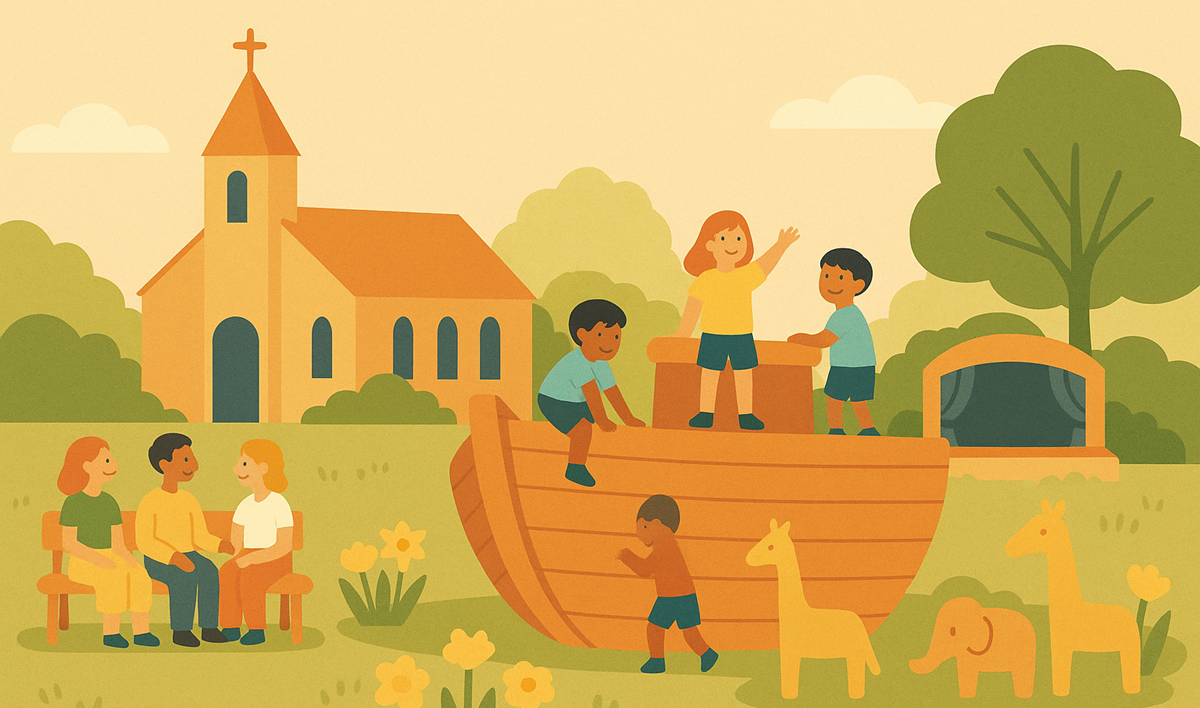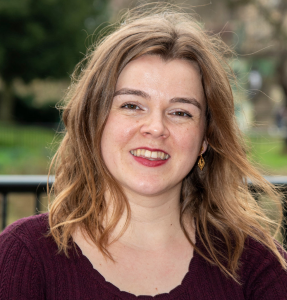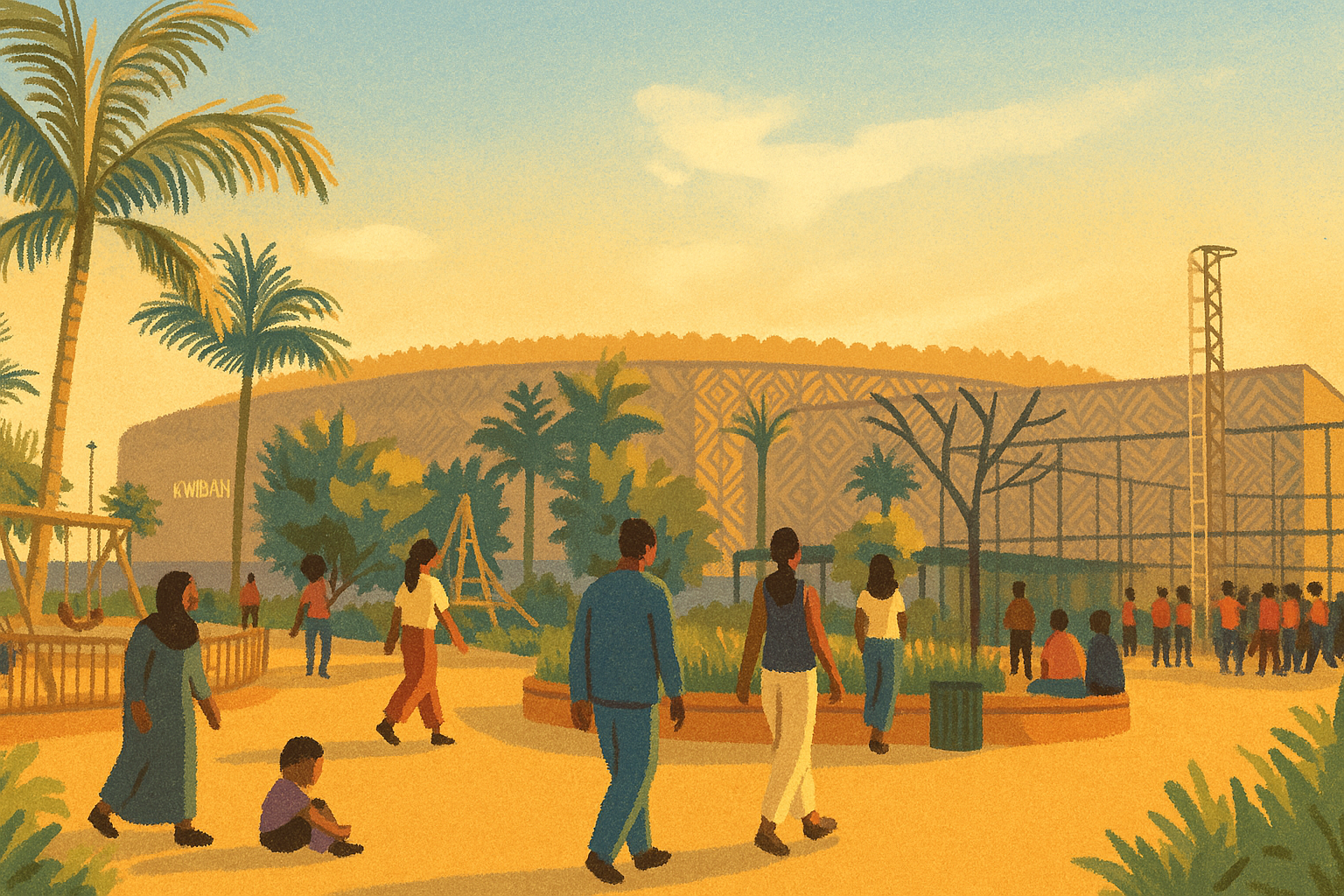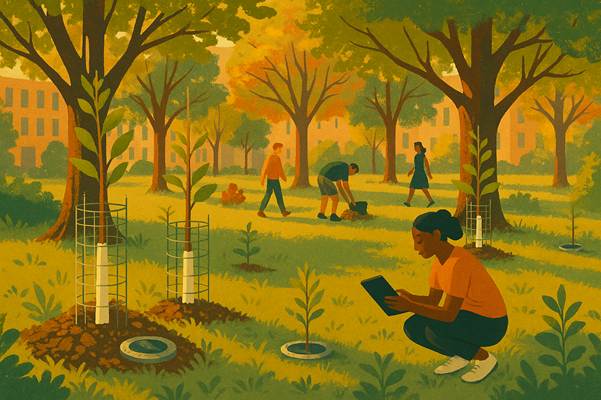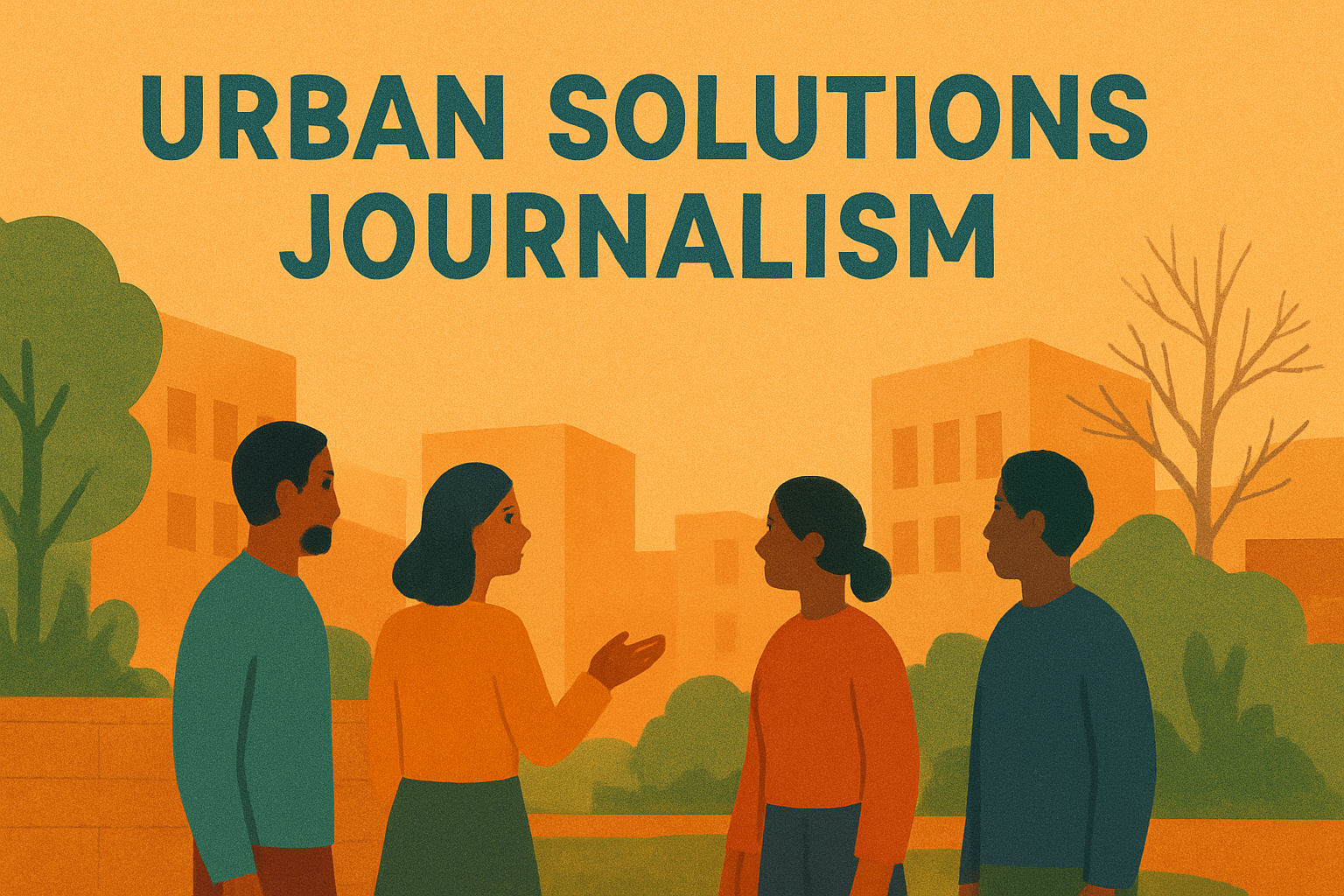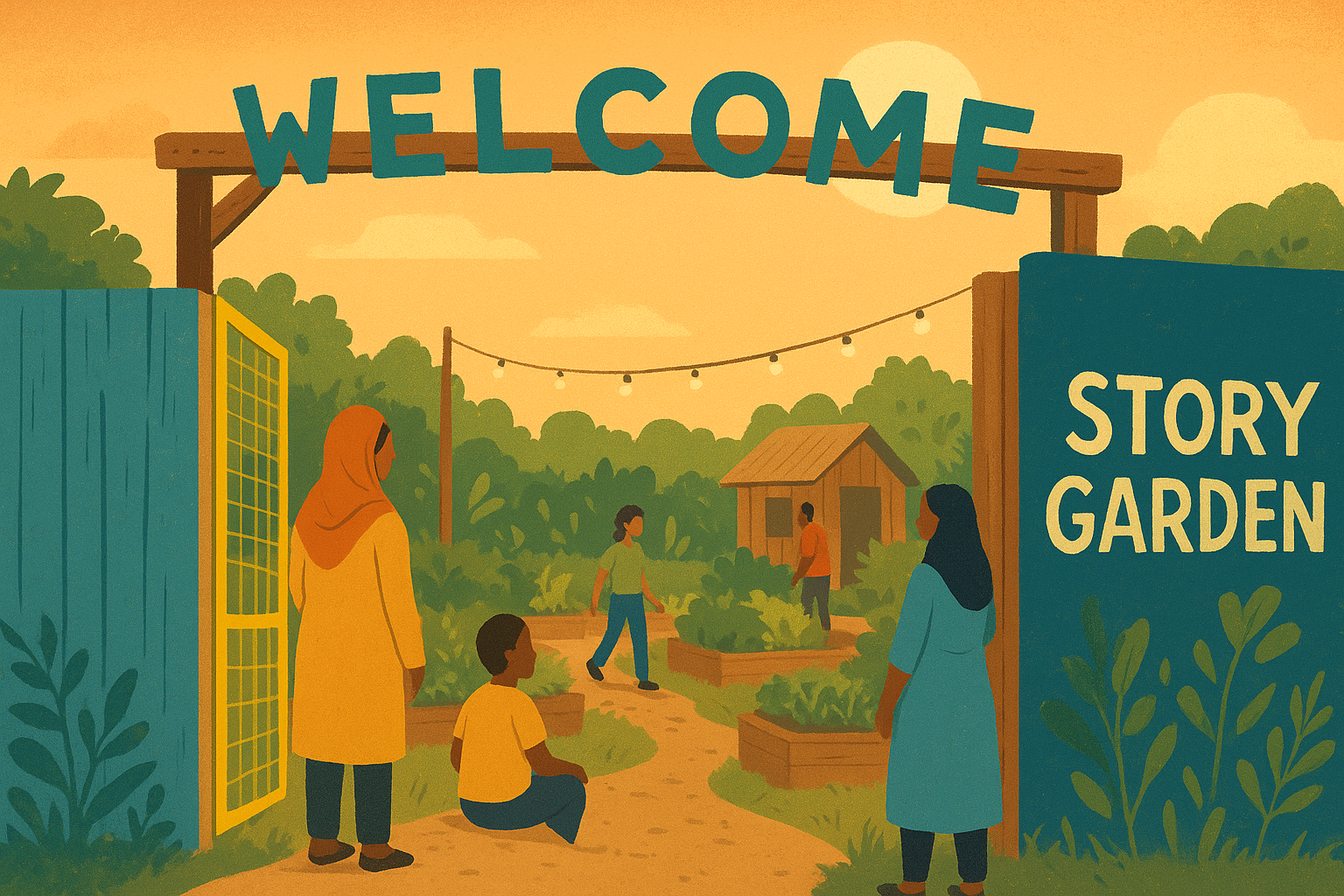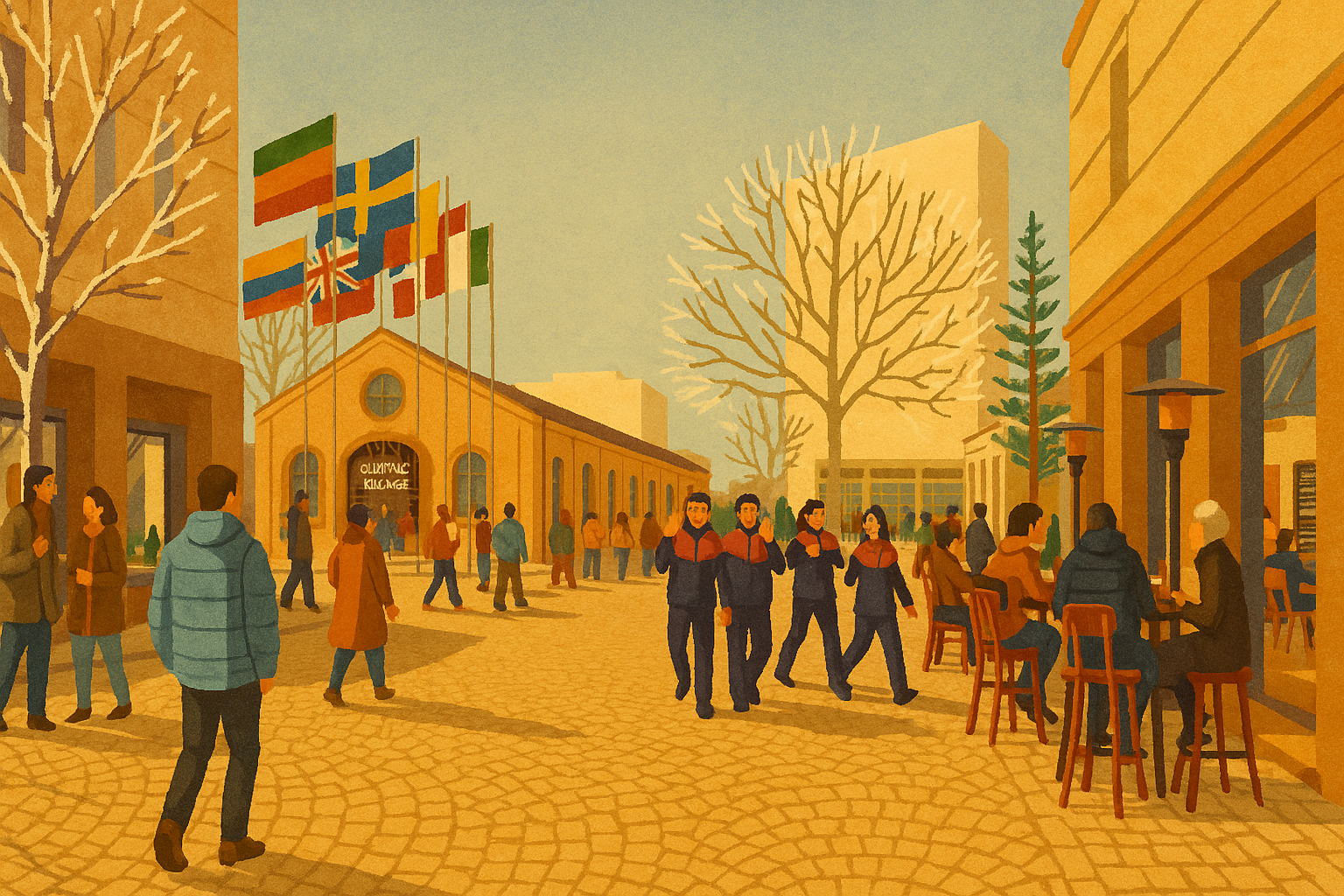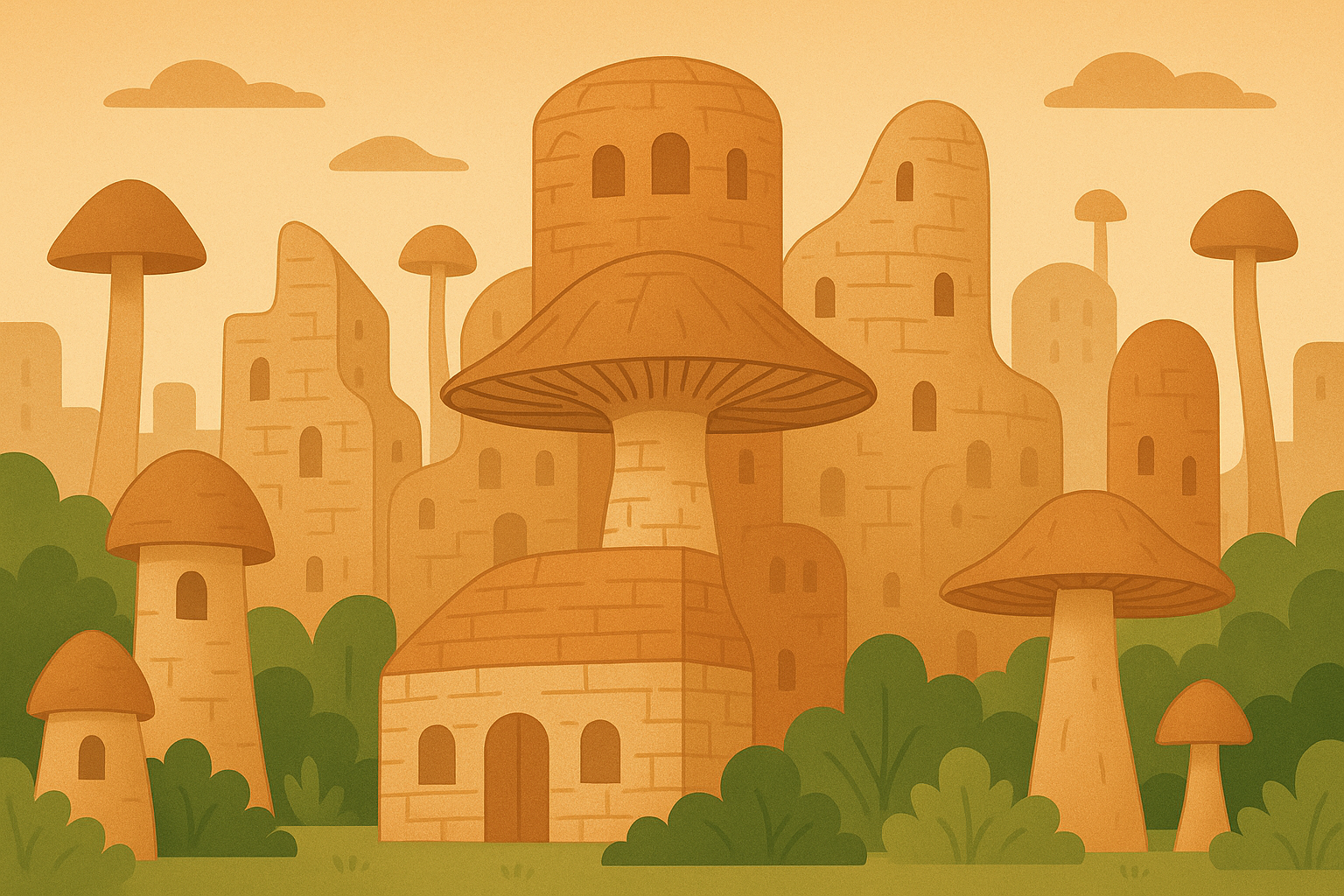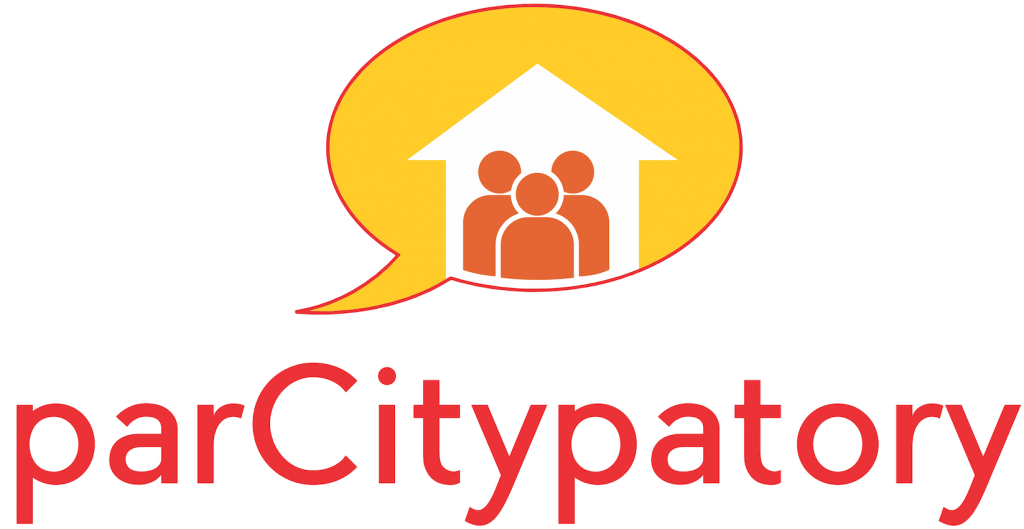A bold redesign in Wehrheim, Germany, shows how religious spaces can evolve into inclusive, intergenerational places for community life.
Across many towns in Europe, central churches are surrounded by lifeless patches of green – vestiges of sacred space, disconnected from modern life. In Wehrheim, Germany, garden and interior designer Cynthia Nebel, director of Wohnträume, saw this not as a dead end, but as fertile ground for change.
From sacred to shared: realising the potential of churchyards
Many sacred or heritage sites hold untapped potential. They are often central and symbolically rich, but perceived as too static or specialised for everyday use. The church garden in Wehrheim’s Protestant Church used to be a prime example of such a dormant landscape.
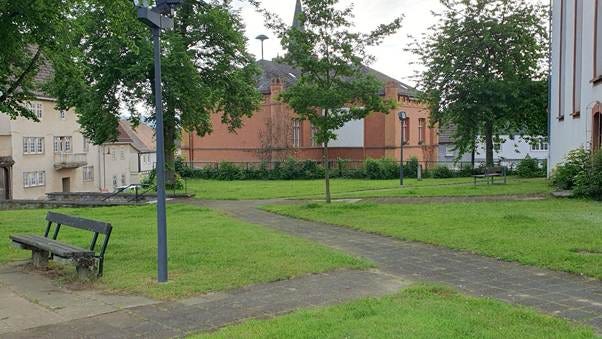
Thanks to a generous donation and with the financial support of the local and regional church associations, it was possible to come up with a multi-layered design.
The brief: Create a churchyard for everyone, specifically for children and teenagers, that goes beyond the typical “a swing and a slide” approach to child-friendly spaces. Rather, the anonymous donour was hoping for a vibrant, inclusive, community-driven public space that has ties to the church, but does not ask its users for any religious affiliations.
Cynthia developed a landscape concept that merges play and spirituality with an impressive centrepiece, a wooden Noah’s Ark. A group of multifunctional wooden play animals will be lined up in front of the structure, evoking the Biblical story while offering a fun and inclusive space for play. Benches invite parents and caregivers to socialise while watching the children.
For teenagers, there is a smaller and more intimate hangout area with a half-moon shaped modular seating arrangement at different levels. Ten durable concrete pillars invite graffiti art, referencing the Ten Commandments, though artists are free to interpret as they wish.
“We wanted to create an opportunity for teenagers to spray graffiti where it’s allowed, but also to engage with topics and show how they see them. It’s meant to be a space with enough room to grow, but still with this connection to the church.”
A performance area with a large stage, an outdoor worship space, and an edible garden inspired by the Promised Land round out the concept. “This is not just a church anymore. It’s a place for community”, Cynthia summarises the key result of the garden transformation. It is open to everyone regardless of faith, including children and teenagers.
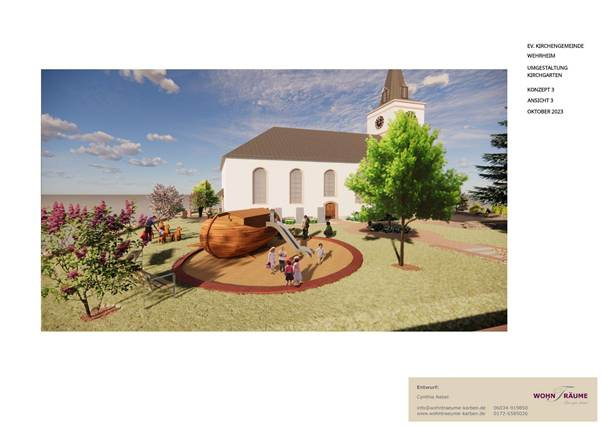
Designing for belonging
Visitors can interact with the garden in many different ways, from learning about the religious symbolism in the planting (daffodils for Easter, peonies for Pentecost, and hellebores for Christmas) and the concrete pillars to playing, attending events, and socialising with others. There is even an edible garden with berry bushes and some information on the Promised Land.
Cynthia sees local ownership, especially by teenagers, as key to long-term success.: “Too often, teenagers lack spaces to hang out and do creative things like spraying graffiti”. In addition, sharing initial 3D visualisations for community feedback has made sure that local youth are strongly involved in shaping the space, which in turn creates involvement and ownership. Community events will further contribute to keeping the place clean.
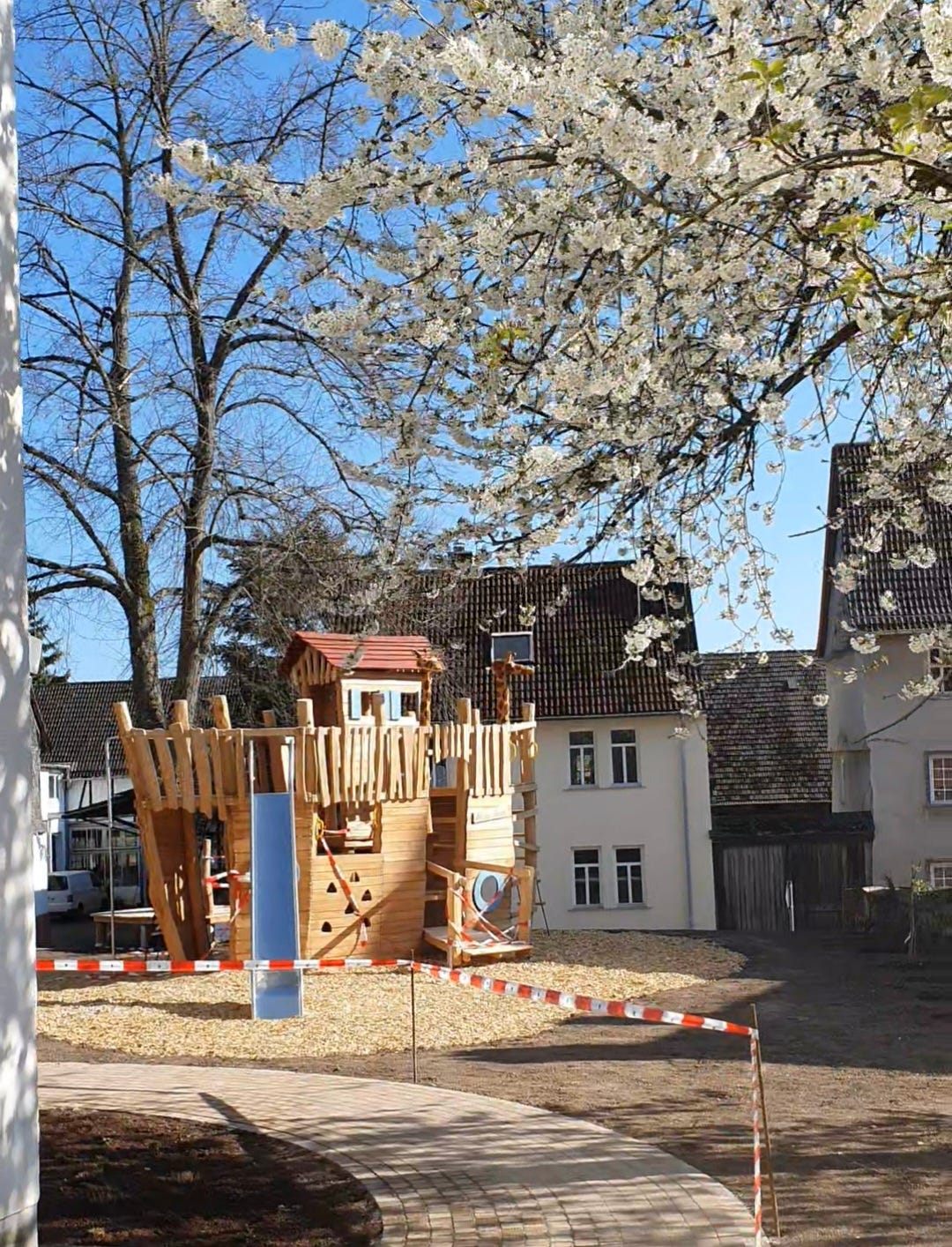
The garden will be fully open by summer 2025. Planting has been a challenge, especially with this year’s dry spring, which has meant that the grass has grown very slowly. But Cynthia wants to make sure that the garden will be low-maintenance and remains clean and safe over time, which is why she has also planned for a gardening shed. In autumn, a potential community event to plant daffodil bulbs could help to further support the vision of this church garden as a space for everyone – and encourage ownership.
Integrating playground elements into a religious space is always a challenge. “We have had to be sensitive and negotiate with the church”, Cynthia explains her progress. She wanted to make sure that the garden balances the sacred and the secular and is attractive throughout the year. Her approach of symbolic placemaking even led the donour to generously increase her contribution.
For planners looking to implement similar projects, one of the main challenges will undoubtedly be the funding. Generous donours might be found in the community, but in other cases, appealing to city council and/or crowdfunding campaigns can also bear fruit. Upgrading a churchyard like the one in Wehrheim doesn’t have to be a very costly endeavour – often, simple steps like providing spaces to sit and to play already serve to invite the community.
Lessons for planners: Activating dormant spaces with care
“Church is not only a place to visit on Sundays. We want to show how to live it and enliven it. The community is our focus. We wanted to create a truly public space that is related to the church, but is also open to non-religious visitors and those of other religions.”
A prime example is the multi-use outdoor area behind the church with its large stage. It can be used for outdoor services, but also for weddings, theatre plays, and other community events. Anyone is able to rent it and enjoy the space. “Our idea is to open the church and its garden to everyone and show that this is not a secluded space. We’re excited to see what the community will make of this new space, which events will happen, how the concrete pillars will look, and how many visitors will stop by to satisfy their curiosity”.
I asked Cynthia what her recommendations are for planners who’d like to revitalise a religious or a heritage space. Here are her tips:
- Design for interaction, not just aesthetics: “Don’t just focus on beautifying the space, but create an experience for visitors. Make the space inviting and offer events and activities, while also creating a feeling of community and safety.”
- Shape cultural placemaking: “Consider where people gather, for example outside the church entrance after a service, and offer them attractive spaces there.”
- Respect tradition while allowing evolution: “Look at the potential of the space while also respecting its history. Churchyards are not typical places for a playground, but there are ways of respectfully and meaningfully connecting the two.”
- Build in opportunities for renewal: “Our space invites continuous renewal, like with the seasonal flowers and the the changing graffiti. That means it can become a dynamic part of the town’s identity.”
- Let community shape the space: “The new community-oriented green space will act as a catalyst for local life, I hope – from weddings to theatre performances to spontaneous meetups, it will be about much more than Sunday services. I hope that it will encourage intergenerational encounters and ongoing community participation.”
In the end, a vibrant, intergenerational, culturally layered place that blends functionality with local identity and cultural storytelling has been created in Wehrheim. This kind of placemaking supports social encounters and a feeling of belonging. It has the potential of becoming a truly inviting third space for everyone in the community. As designers and planners, what other underused spaces, sacred or otherwise, can we reclaim as places of shared belonging?

